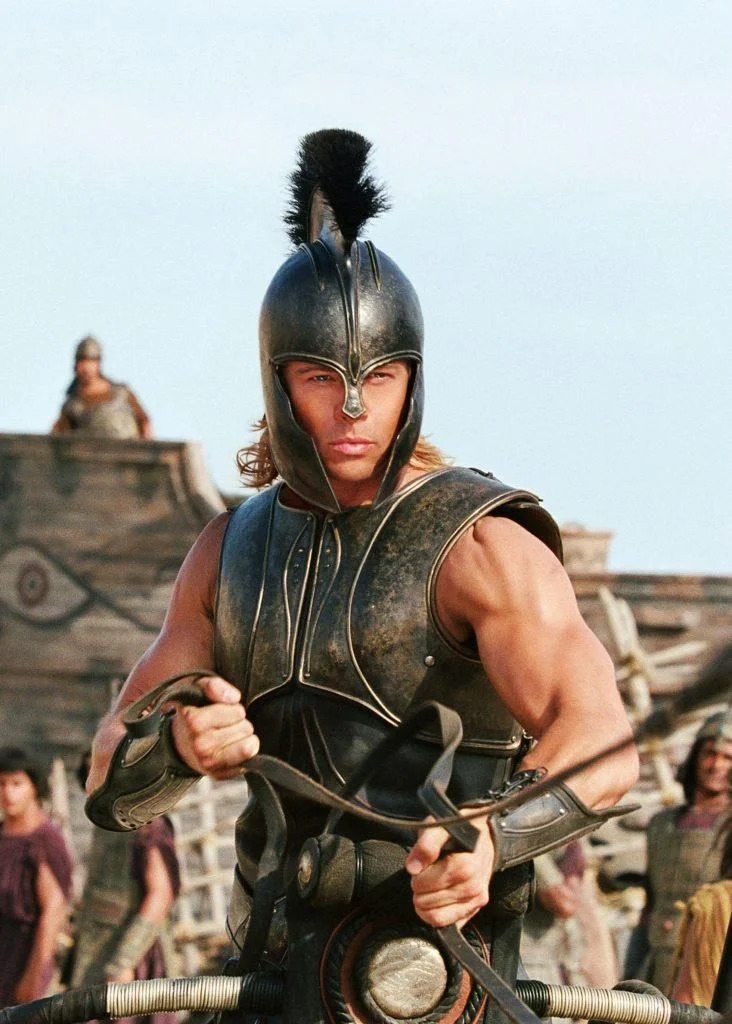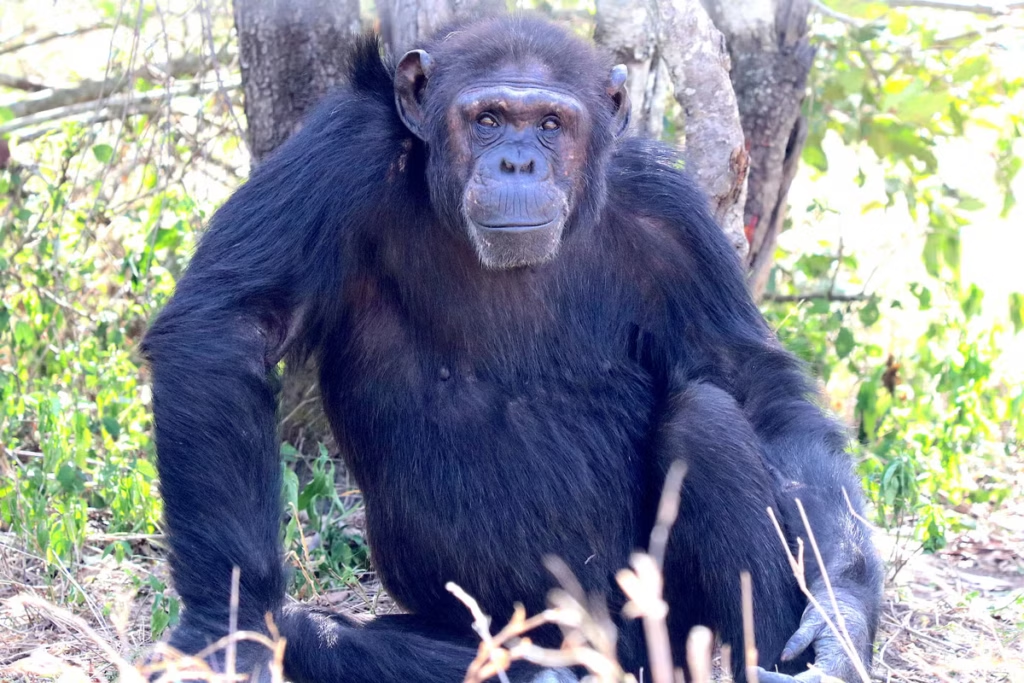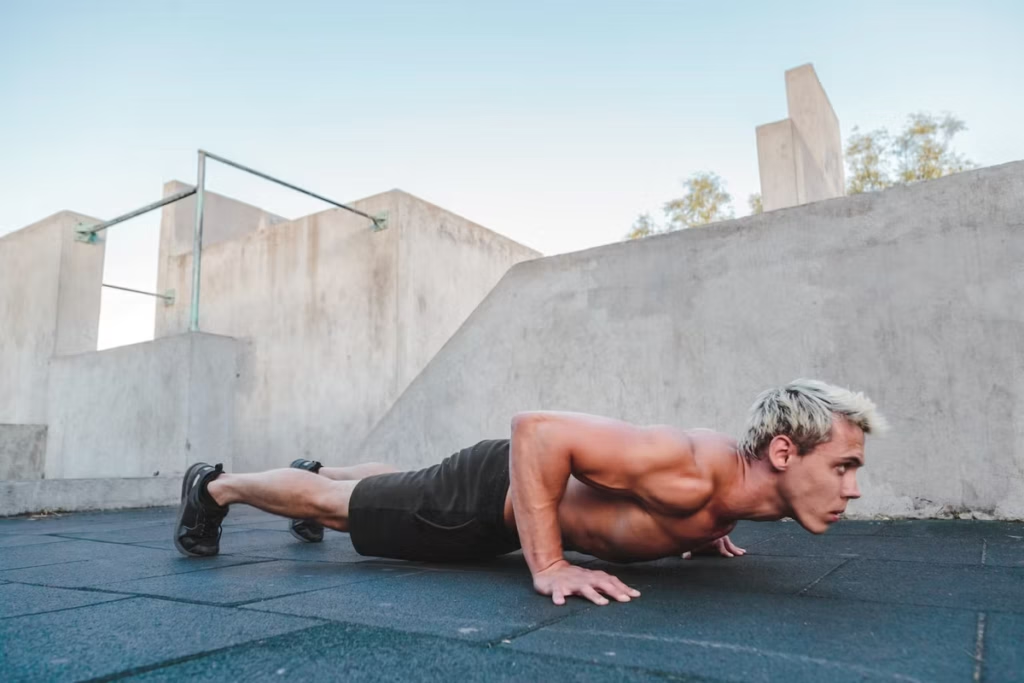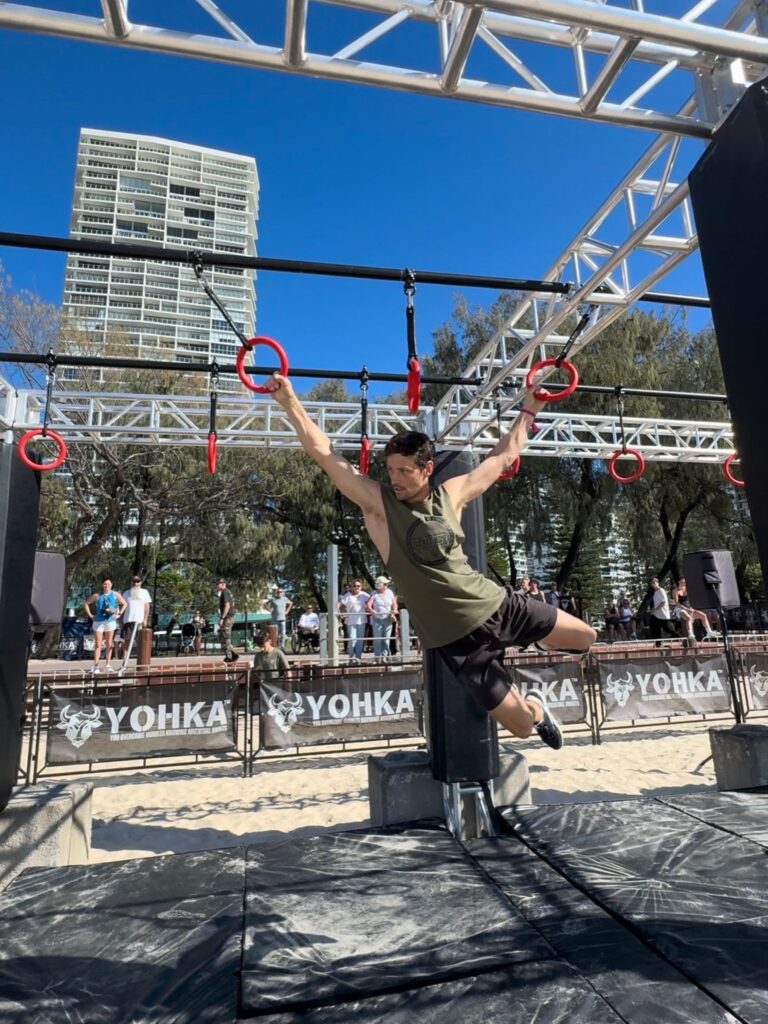YOU START WORKING out with a friend, and even though you both put in equal amounts of sweat equity, your buddy quickly passes you up in the gains department.
Sound familiar?
When this happens, you might assume the universe is giving you the finger – but there’s actually a logical reason you’re not seeing the same results: “Everyone’s body responds differently to the stimulus that you’re putting it through,” says Mike Clancy, C.S.C.S, a personal trainer in New York City. “If two people do the same exercise for the same number of reps, same volume, you’ll get two different responses.”
There are a variety of factors that determine how your body responds (or doesn’t respond) to exercise, and though you can’t change some of them (sorry, you’re stuck with your genetics), you may be able to make them work to your advantage.
Read on to find out why you’re not seeing the same results as your training buddy, and what, if anything, you can do to even the score.
Who has been training longer?
How long you’ve been training compared to your friend may work for or against you.
On one hand, the more experience you have with strength training, the faster your nervous system can recruit muscle fibres during a lift. “The nervous system is the control centre of the body; it’s what’s communicating to the muscles to do the action,” Clancy explains. With more exposure to training, your nervous system becomes more efficient at communicating with your muscles and individual muscle fibres. Greater efficiency most likely equals better, stronger lifts.
On the flip side, the more experienced you are in strength training, the harder it is to keep making gains, whereas total newbies tend to see dramatic improvements in relatively little time. “You can take people who’ve never done any formal training and have them do almost anything, probably even curling a soup can they’d get bigger,” says Minnesota-based exercise physiologist Mike T. Nelson, Ph.D., C.S.C.S. “If you’ve been training longer, you’re getting closer to your maximum potential. Therefore, you’re just not going to gain at the same rate.”
Ever hear that the last five pounds in a fat loss goal are the toughest to lose? Same principle here. If you’re the one with the longer training history, you need to pay more attention to how well you are (or aren’t) stressing your muscles. Make sure you’re adding volume over four to six weeks, then cut back on volume by 50 to 70 percent for one week. Rinse and repeat.
If hypertrophy (muscle growth) is your goal, try doing your reps at a slower pace. This strategy increases time under tension (i.e., how long your muscle spends under load), which creates greater muscle damage and, therefore, greater muscle growth. Research also suggests that slowing your rep tempo to two to eight seconds is best for maximising muscle hypertrophy during resistance training.
Are your muscle fibres different?

As you may know, we all have a combination of different muscle fibre types, and different muscle fibre types respond better to certain activities and training styles than others. Some of us have more type II, or fast-twitch muscle fibres (e.g., sprinters, Olympic lifters), which shine during explosive, power-driven movements. Others have more endurance-focused type I muscle fibres (e.g., marathoners); these respond best to high-rep, low-load exercises.
For good or bad, muscle fibre composition is mostly determined by genetics. If you’re not seeing the same gains as your friend, it could be that your training style doesn’t favour your predominant muscle fibre type. So, while you can’t change your muscle fibre composition, you can train in favour of it.
A good, well-rounded strength program will include a mix of rep ranges, but if strength is your forte, you’ll shine using higher loads and fewer reps (3 to 8 reps). If you lean more toward the endurance side of the spectrum, lower loads and higher reps (15 to 30 reps) will be your sweet spot.
Who has a better recovery strategy?

You don’t get stronger or more ripped during a training session; your gains come in between sessions. That is, so long as you give your muscles the tools they need (i.e., nutrition, sleep, hydration) to recover and grow back bigger and stronger. So, if you and your buddy are putting in the same work, but he’s smarter about recovery, he’s going to make better progress than you.
Let’s start with post-workout nutrition. You don’t necessarily need to slam a gigantic protein shake as soon as you finish your session, but having a small snack with roughly 15 to 20 grams of protein and carbs can help jump-start muscle repair. “The key here is to get leucine, which is the fast-acting branched-chain amino acid that is most responsible for muscle regrowth,” says Susan Kitchen, M.P.H., a board-certified specialist in sports dietetics.
In general, a scoop of protein powder mixed with some milk (almond, dairy, soy), a protein bar, or a serving of Greek yogurt with a piece of fruit are all good post-workout snack options that will supply you with the amino acids (leucine included) and carbs you need.
Make sure you’re getting protein throughout the day, too. Active guys looking to build muscle mass should strive to get 1.4 to 2 grams of protein per kilogram of body weight per day, according to the International Society of Sports Nutrition. So, if you weigh 175 pounds, that’s approximately 111 to 159 grams per day.
Hydration is another key aspect of training and recovery. “If the muscles aren’t properly hydrated, they’re not even sliding past each other, the contractions aren’t there,” Kitchen says. “The body doesn’t work as well when it’s all dried and crushed up.”
Get in the habit of sipping water with every meal and carrying your bottle with you to training sessions. Keep tabs on your hydration levels throughout the day by checking your urine every time you use the bathroom – according to Kitchen it should be light yellow.
Don’t skimp on sleep, either. Sleep is the time when your body does most of its repair work, and one review in Sports Medicine reveals the dreamless non-REM sleep phase is especially helpful for boosting protein synthesis and mobilising free fatty acids, both of which aid recovery. Try to get seven to nine hours of sleep every night.
Do you have different body types?

Let’s face it, some people just gain muscle faster than others. Similarly, some people seem to drop fat in the blink of an eye. Chalk up these advantages to differences in body type.
But don’t think that having a certain body type means your goals aren’t achievable. “Just recognise that you might have a bit more of an uphill battle in certain things,” Clancy says.
If you and your buddy have different body types, try tweaking your workouts slightly to address your unique challenges. If you’re an ectomorph who keeps comparing your biceps to pipe cleaners, for example, go in 10 to 15 minutes early and get three to five sets of biceps curls under your belt before starting the main workout, Clancy says. Not only will this help you achieve greater training volume (key for muscle growth in particular), but you’ll be able to recruit your biceps more easily when you get to other arm-focused exercises in your workout. And the better you can recruit fibres during an exercise, the greater your gains.
If you have plenty of muscle but it’s all covered in a layer of fat, try incorporating more high-intensity elements into the workout. You can achieve this by creating supersets (doing two exercises back-to-back), shortening your rest periods, or doing explosive versions of traditional exercises (think: weighted jump squats instead of goblet squats).
Also, realise that you probably have genetic advantages your training buddy wishes he could steal for himself. For example, maybe your friend can pack on muscle at a greater rate, but you can drop fat at the blink of an eye; we can almost guarantee your fat-burning powers have got your training buddy green-eyed. “Everybody’s always wishing they had a little bit of what somebody else has,” Clancy says.
This article originally appeared on Men’s Health UK.
Related:















